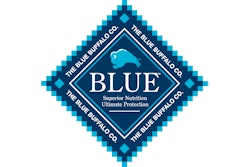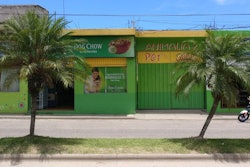
General Mills plans to double the distribution of Blue Buffalo in the food, drug and mass market channel during the second half of fiscal year 2019. In the first half of fiscal year 2019, retail sales of Blue Buffalo increased by nine percent. Market share increased by .4 points compared to the previous year. Household penetration by the Blue Buffalo brand increased 26 percent compared to last year.
E-commerce retail sales of Blue Buffalo increased 30 percent in the first half of fiscal year 2019, with accompanying market share gains. However, retail sales and market share in pet specialty declined.
General Mills released this data on Blue Buffalo and shared their strategy for further growth during their earnings announcements for the second quarter of fiscal year 2019.
General Mills pet food, treat sales at US$335 million
General Mills’ pet food and treat sales, including Blue Buffalo, totaled US$335 million in the second quarter of fiscal year 2019. Compared to the same period in last fiscal year, that figure represents a net sales decrease of 7 percent, according to pro forma financial calculations released by the company on December 19. However, this decline reflected a comparison to the prior-year period when Blue Buffalo first launched into the U.S. Food, Drug and Mass (FDM) channels and generated 25 percent pro forma net sales growth. In-market results continued to show solid growth, according to the company, with retail sales up high-single digits.
General Mills’ pet segment operating profit was US$18 million below the prior year, reaching US$71 million was on a pro forma basis, driven by lower volume, significant input cost inflation, and plant start-up costs.
Through six months, pet net sales of US$678 million increased 2 percent on a pro forma basis. Segment operating profit totaled US$85 million, down US$80 million on a pro forma basis, driven by the impact of purchase accounting, including a US$53 million one-time inventory adjustment and US$7 million of intangible asset amortization, as well as significant input cost inflation and plant start-up costs.
















